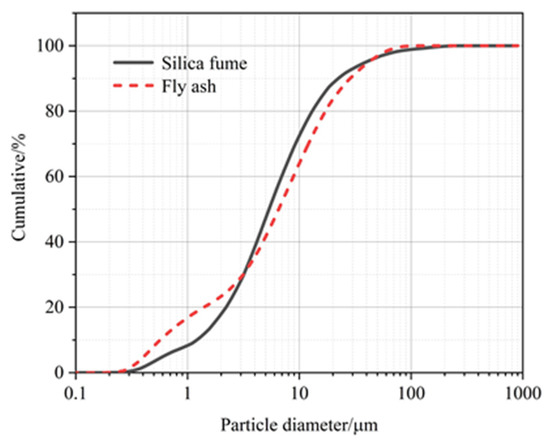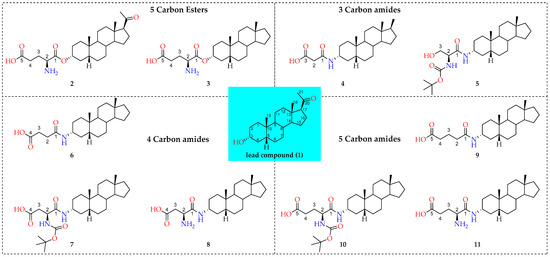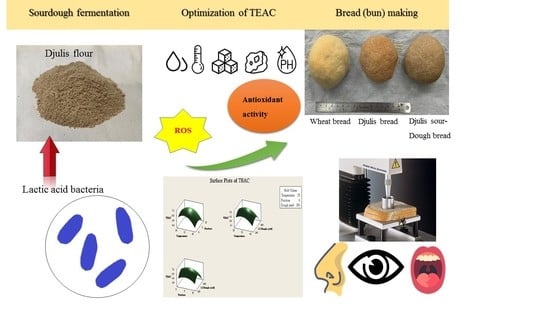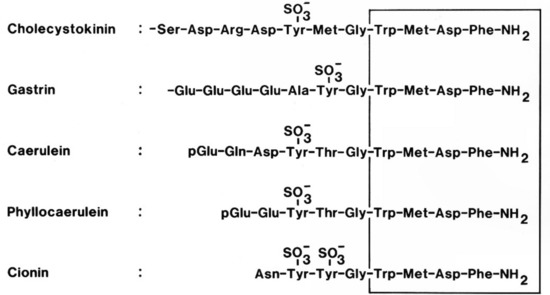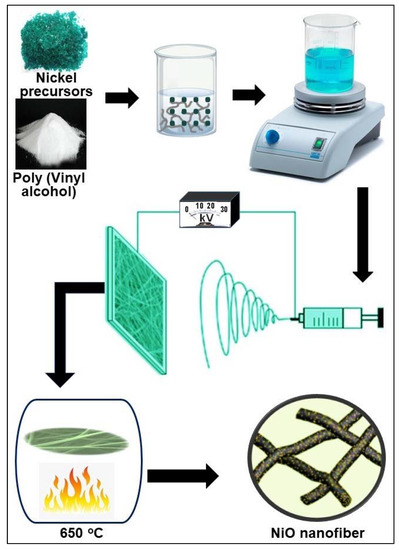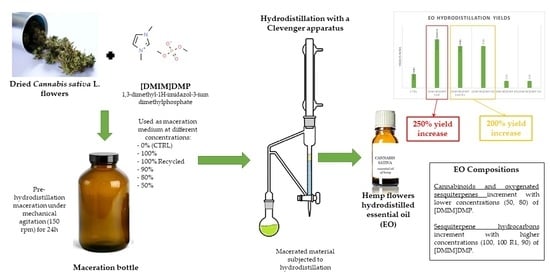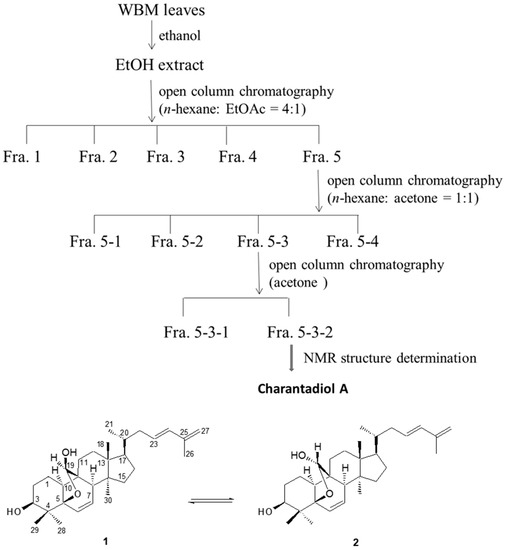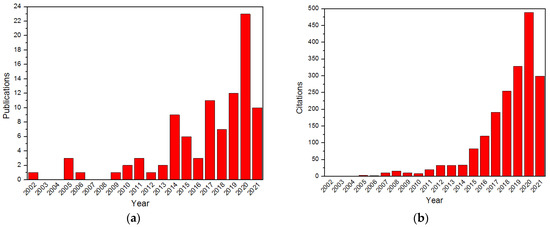Molecules 2021, 26(18), 5664; https://doi.org/10.3390/molecules26185664 - 18 Sep 2021
Cited by 21 | Viewed by 5453
Abstract
Jasminum sambac (L.) is a South Asian folkloric medicinal plant that has traditionally been used to treat cardiovascular problems. The current investigation was meticulously organized to explore the pharmacological foundation for the medicinal uses of J. sambac pertaining to cardiovascular ailments and to
[...] Read more.
Jasminum sambac (L.) is a South Asian folkloric medicinal plant that has traditionally been used to treat cardiovascular problems. The current investigation was meticulously organized to explore the pharmacological foundation for the medicinal uses of J. sambac pertaining to cardiovascular ailments and to investigate the core mechanisms. Mechanistic investigation revealed that crude leaf extract of J. sambac produced ex-vivo vasorelaxant effects in endotheliumintact aorta ring preparation and hypotensive effect was recorded via pressure and force transducers coupled to the Power Lab Data Acquisition System. Moreover; J. sambac showed cardioprotective effects against adrenaline -induced left ventricular hypertrophy in rabbits observed hemodynamic. CK-MB, LDH, troponin, CRP, ALT, AST, ALP levels were shown to be lower in the myocardial infarction model, as were necrosis, oedema, and inflammatory cell recruitment in comparison to control. J. sambac has shown good antioxidant potential as well as prolonged the noradrenaline induced platelet adhesion. The vasorelaxant and cardioprotective effects in both in vivo and ex vivo experiments, which are enabled by activation of muscarinic receptor and/or releasing the nitric oxide and by reducing the adrenaline, induced oxidative stress, justifying its usage in cardiovascular disorders.
Full article
(This article belongs to the Special Issue Biological Activity of Plant Compounds and Extracts)
►
Show Figures

